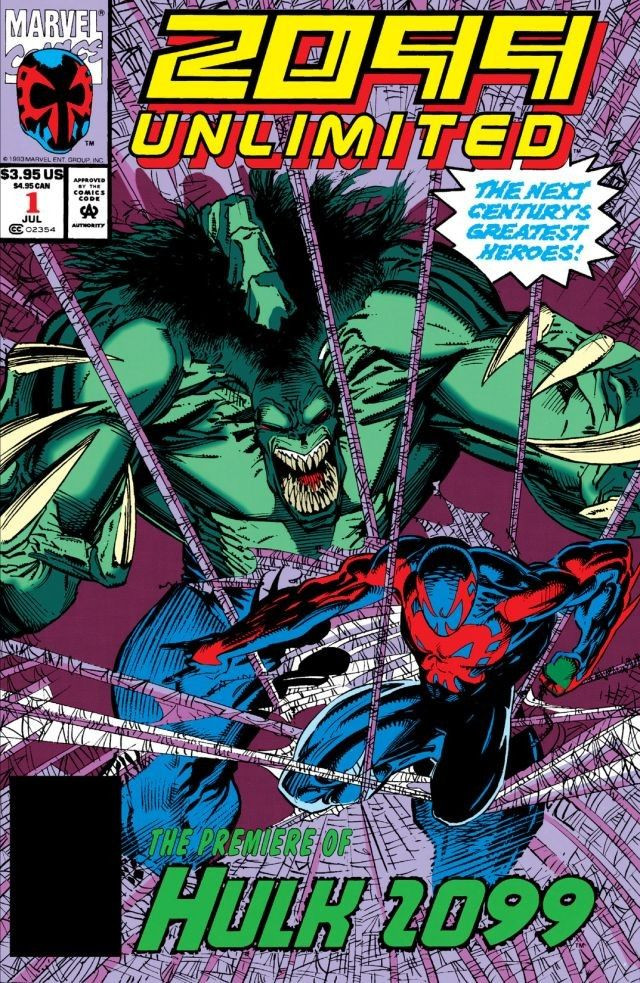When we experience Pop Culture, we are essentially learning. When we view the hyper-sexualized "blaxpoitative" movie Shaft, or when previous generations experienced the vaudevillian shows that included blackface, the consumers of these artifacts "learned" the African American stereotypes that American policies perpetuated. When we examine Pop Culture, we are taking learning to a different level. It is at this level, when we make a conscious effort to disseminate what it is we are experiencing in Pop Culture, that we can act to disrupt those discourses which support the harmful stereotypes portrayed in Pop Culture/society.
Comics and cartoons have been, and are, a very popular and inexpensive form of Pop Culture Media that are consumed by a wide range of age groups.This means a large audience has access to the messages contained within the media. Comics truly took hold in the late 1930's when Action Comics #1 (1938) by Detective Comics (DC) debuted Superman. Their popularity quite obviously continues today, as seen in the current plethora of Superhero movies based upon popular comic book characters, and so warrant a closer look for racist characters and story-lines. Rather than examine one specific Indigenous character in popular comics, I am choosing to showcase several from the last century that we may not have previously thought of as stereotypical representations.
An early example of embedded stereotypes is found in the Bugs Bunny Merrie Melodies cartoon
Hiawatha's Rabbit Hunt (1941) written by Michael Maltese and drawn by Gil Turner. It is a parody of the classic American epic poem
The Song of Hiawatha by Henry Wadsworth Longfellow (1807-1892) that romanticised traditional Ojibwe lifestyles. Hiawatha, first published in November of 1855, was a very popular and much read, lampooned, quoted, and parodied poem of its day (Moyne, E.J. 1957, p.93). However, Longfellow naively misrepresented Ojibwe culture, and appropriated elements of Iroquois culture (these two nations are incredibly dissimilar)*. Almost a century later, Warner Brothers, re-inscribed, for their own purposes, this stereotypical American classic, and in so doing created another popular version, for an entirely new audience, that continued to perpetuate these same harmful discourses.
Both Longfellow and Warner Brothers, penned examples of Pop Culture that "othered"** all First Nations communities and peoples by applying two dimensional tropes for the purpose of propelling a story forward. Here in
Hiawatha's Rabbit Hunt, Hiawatha is depicted as the "dumb Indian"; an incompetent, bumbling, stuttering fool, outwitted by Bugs Bunny (and anyone familiar with Merrie Melodies will recognize Hiawatha is a riff off the often outwitted Elmer Fudd). It is however this lasting misrepresentation, using an ethnicity other than the writer's own, or other than the intended audience, that perpetuates the harmful stereotypes that continue today.
A popular comic of the same era, that took a stab at portraying Indigenous lifestyles was
The Adventures of TinTin: TinTin in America, created by Hergé aka George Remi. As an adventurer, TinTin was featured in many different locales; and the plots Hergé wrote for his eponymous series followed similar action/adventure story-lines we still see in today's action films. However, Hergé never traveled to North America and therefore could only rely upon the stereotypical portrayals as seen in the Pop Culture of his era to inform his story. These details are obvious when we look at a page from this edition.
 |
| The Adventures of TinTin:TinTin Goes to America, page 19 |
In this page, we see the Indigenous characters referred to as "
redskins". The individual who represents the Chief, as indicated by the ceremonial regalia--the "
Headdress" which is reserved for important ceremonial occasions only--is easily duped by the white man. Additionally, the Indigenous characters all speak in a stereotypical broken English, replicating the style used by the famous Indigenous sidekick Tonto in the popular
Lone Ranger series. Other images we commonly think of when the symbol "Native Americans"/"Indians"/"Native Indians" is used, are also found on this page: the wigwam/tee-pee, tomahawks, and the peace-pipe are all present. This leaves no doubt as to who TinTin will be threatened by in this adventure story. The very fact that Hergé used the stereotypical "threat" of Indians who are themselves represented in a dated*** scenario that depicts violence and deficiency as they prepare to ambush/threaten a white character, is another example of the white privileged once again trying to control or misrepresent the Indigenous identity, this time through fear.
One of the most common ways two dimensional Indigenous characters are used in comics is the subordinate and "trustworthy sidekick", the most popular being the aforementioned Tonto of the
Lone Ranger. It is however important to note the comic
Turok: Son of Stone. Turok first appeared in Four Color Comics (1954), published by Gold Key, in issue no. 596 (Sheyahshe, 2008, p.48), written by Gaylord Dubois and illustrated by Rex Maxon (of
Tarzan of the Apes fame). In
Turok we have the lead character, who is himself Indigenous, worthy of having a sidekick of his own rather than say a spirit animal as his guide.
 |
| Torok:Son of Stone, Issue 2, Page 1, shown from Turok :Son of Stone Vol 1, Dark Horse Archives, 2009 |
Although this 1950's comic by Dubois features American
Natives as the leading characters, the story lines parallel many of the
colonizing acts perpetrated on the indigenous people the Europeans found
when the "New World" was discovered. Under the guise of assisting the
tribes they encounter, Turok repeatedly refers to the prehistorics as
"savages" and "backward". In one issue we see Turok and Andar in the
role of leaders in a foreign land, relocating a tribe to a "preferable
location", only to have that tribe again threatened. Throughout the entire collection Turok and Andar are gratuitously
killing beasts for meat and yet purposely laying much of the kill for
waste, something no warrior of the Plains would have deliberately done.
Another theme throughout was the use of their poison tipped arrows,
again altering the lifestyle of the "indigenous" cavemen. Turok and
Andar establish their position of power through the judicious dispersal
of the weapon without divulging their secret for making the poison, much
akin to the Europeans restricting the use of guns for political gain. It
is at this point Dubois engages the popular "sneaky/deceitful indian"
trope in the guise of the wise medicine man in an attempt to steal
Turok's power. But of course our eponymous hero outsmarts the inferior
medicineman.
These trends continue today. As recent as 2007, Vertigo Comics began publishing a 60 episode series entitled
Scalped, written by Jason Aaron and drawn by R.M. Guera. In this very popular, well acclaimed, hyper violent series--which does feel as though it was well researched--we see the hero, Dash, as an undercover agent who is himself Lakota infiltrating the Lakota Reservation in order to nail the corrupt Chief.
 |
| (Scalped, Issue 2, June 2007, Page 7) |
The storylines in this monthly serial include drug deals, alcohol problems, casinos, murder, and corruption. Without question, such problems are not altogether uncommon on Reserves/Reservations, but this series reads like a very bad homage to Tarantino's storytelling skills; it feels like the story was written to fit around a hodge-podge of tropes and cliches. Aaron chooses to sensationalize the stereotypes with two dimensional tropes rather than tell a story using three dimensional characters and as a result this example of pop culture media once again perpetuates the stereotypes.
With the popularity of comics continuing to grow as seen with the increase in popularity of cosplay, cons, and the ever growing monthly Previews World catalog, it is not reasonable to assume that these stereotypes will simply fade away. However, we can take an active role as we read these series and recognize the underlying messages that are contained. Simply being aware that these images are present, recognizing their effect on popular opinion, means that we are disrupting the discussions that are a part of this form of Pop Culture.
*Hiawatha, as the oral story-telling of the Mohawks tell us, was the spokesman for The Peacemaker who ultimately negotiated peace between the warring original five Haudenosawnee Nations: Senecas, Onondagas, Mohawks, Oneidas, and Cayugas (Robertson, 2015). The wampum that acts as a contract for this ongoing peace is named the Hiawatha Belt.
 |
| https://studypopculture.blogspot.com/b/post-preview?token=O9u0AlMBAAA._-MOSsSXihQHKdvr1xylJ22OPEcRDBqwoRJpXMLLcjEhRrBDvcBQJ-sZg4P4_oLuolQuyuxVIcpP9iC_8_k9QQ.NqLjNG3dD1yEE_nOzGGXkw&postId=1892657275898099577&type=POST |
** Other, is a term made popular by Edward Said in his book Orientalism. This term refers to someone other than the self being different, but is applied instead to disenfranchise segments of society based upon cultural and ethnic dissimilarities that are viewed as bothersome by the privileged hegemony.
*** The TinTin adventures were written in the 1930's and 1940's. The stories were all present to the time adventures, however in this TinTin adventure (written in 1945), the Indigenous characters are all portrayed in a style reminiscent of the 1870's.
Works Cited:
Sheyahshe, Michael, A. Native Americans in Comic Books: A Critical Study. USA: McFarlane
and Company. 2008. Print.











